The China-Vancouver Connection: A celebration of cultural influence from Chinese-Canadians - Vancouver Ballet Society
- Home
- Features 2015 - 2019
- The China-Vancouver Connection: A celebration of cultural influence from Chinese-Canadians

by Rebecca Karpus
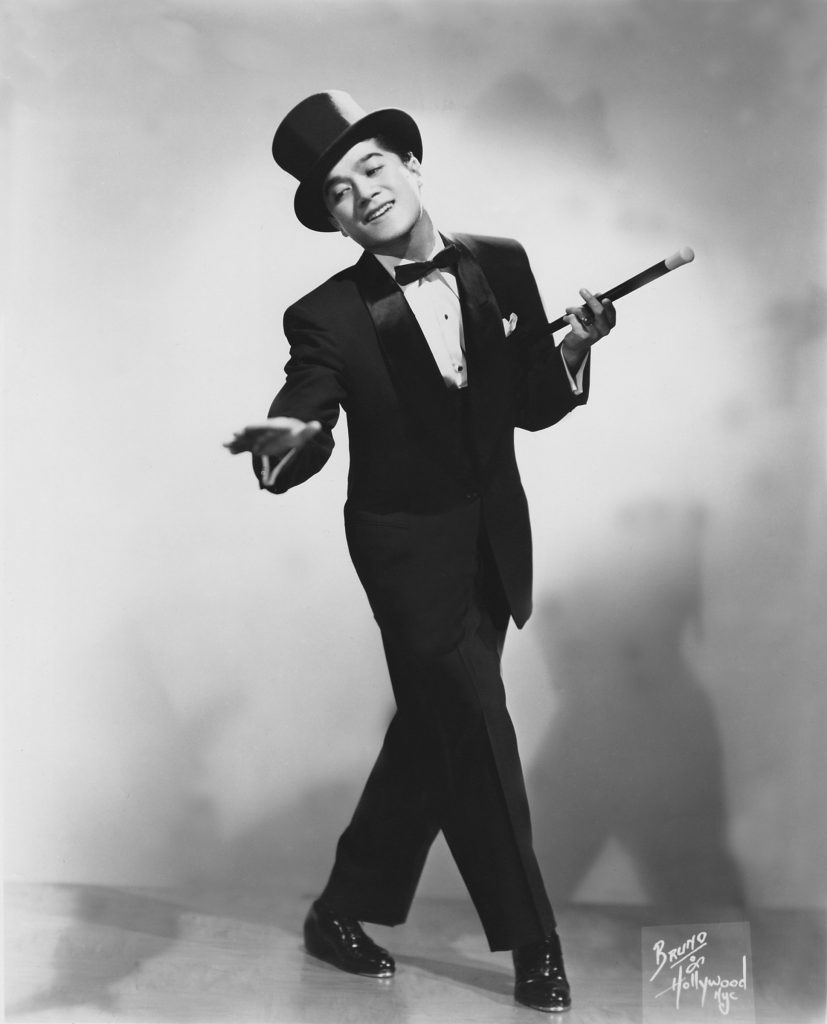
Chinese immigration to British Columbia began in the late 1700s and has influenced Vancouver’s culture, including dance, ever since. Although there is scarce documentation of Chinese performance around the time of the city’s 1886 founding, there is evidence that the Chinese-Canadian community contributed substantially to Vancouver’s early performing arts scene. By at least 1898, Chinese opera and theatre productions, which often included dance as combat and mime-based dance-acting, were being performed by both touring troupes from China and local Chinese cultural societies.
Records exist of acrobatic shows and lion and dragon dances at cultural events from the 1930s. These were often quite spectacular, as is evident from a description in the China Town News of a 1961 performance by the Vancouver Chinese Freemasons, in which the dragon measured 150 feet and required so much strength and endurance to manoeuvre that the performers needed to be switched out every eight minutes.
Also in 1961, the Jin Wah Sing Musical Association, founded in the 1930s and still active today, welcomed a renowned opera instructor onto their roster, Wong Toa. He was considered a strong influence on many local Chinese-Canadian performers, as the first teacher of his field and calibre in Canada.
Another contributing dynamic in early Vancouver was the group of nightclubs and supper clubs hidden away in Chinatown, considered a mysterious night out to non-Asian Vancouverites. One, the Marco Polo, was famous in the 1960s for its Asian chorus girls and “Canada’s only Oriental revue.”
The Cave Supper Club in the downtown core gave Paddy Wing, one of Vancouver’s first local dance stars, his start. Wing’s family immigrated to B.C. early on, with his grandfather arriving in the mid-1800s for the Cariboo Gold Rush. In 1926, Wing was born in Quesnel, moving to Vancouver with his family as a teenager. After he won a dance contest with a tap solo at the Cave, his intended career as a bookkeeper took a back seat to his newfound passion in performance; within a few years, he became a professional entertainer.
Trained in tap dance by Vancouver’s Ted Cawker, Wing perfected the “ballet tap” style, which became his signature solo, combining elements of tap with the grace of ballet. Dressed in a crisp black tuxedo with a top hat, cane and shiny Oxford tap shoes, he often escaped the racial typecasting of the time and epitomized the classic song and dance showman. Wing broke barriers for North American performers of Chinese descent and earned shining reviews not only in Vancouver, but across North America. In New York, he played a 32-week run at the China Doll nightclub.
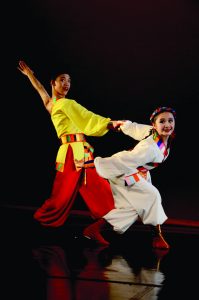
Unlike Wing, Shanghai-born Lorita Leung arrived in Vancouver from Hong Kong in 1970 with years of professional Chinese dance experience behind her. She soon formed the Lorita Leung Dance Academy and the Lorita Leung Dance Company. According to Leung, the academy was the first of its scope in Vancouver, a formal Chinese dance institution organized independent of a cultural society. In 1993, the academy implemented the Beijing Dance Academy syllabus, a significant achievement. One of the Beijing syllabus goals is to “develop Chinese culture on a broader scale” by bringing Chinese dance overseas, as Leung has done. With her school and company, she pursued her “mission to educate” Vancouver audiences about Chinese dance, and has endeavoured to overturn stereotypes surrounding the art form.
The most persistent stereotype is that Chinese dance is a singular style, when, in fact, it takes many forms, including classical, folk (originating from China’s majority Han ethnicity) and ethnic (originating from Chinese minority ethnic groups). This classification system was solidified in China during the 1950s, following a period when Chinese dance was more often part of opera and theatre. Leung’s school focuses on classical, folk and ethnic, but also incorporates more modern styles, such as contemporary Chinese and Chinese contemporary: the former is Chinese dance with a contemporary dance influence; the latter, contemporary with a Chinese influence.
Leung’s desire to expand her audience base to include more non-Chinese persons has proved elusive, however. Since multiculturalism is an established part of Canadian society, Leung wonders why Chinese dance is typically not included under the umbrella of mainstream dance. In time this may change; the group has performed as part of the Vancouver Dance Centre’s Discover Dance! series, which places them downtown in a main locus of Vancouver contemporary dance.
Today, the company’s artistic director is Leung’s daughter, Jessica Jone, who also strives for less ghettoization of Chinese dance, and would like it to have a broader following in the city, the way flamenco does.
Jone, who was born and raised in Vancouver, has also spent considerable time in China. Her training was mostly comprised of Chinese dance from her mother and from the Beijing Dance Academy in China, and later included ballet at a local Vancouver studio, and contemporary dance, including Graham technique, at Simon Fraser University. Jone’s firsthand knowledge of styles and movement vocabularies is rich, evidenced by her insights into the similarities between classical Chinese dance’s fundamental movement opposite exercises and Graham technique floor sequences.
She feels that one of the differences between Chinese and Western dance forms stems from ingrained cultural behaviour. She illustrates this by comparing classical Chinese movement and ballet vocabulary, something a master teacher in Beijing explained to her. Leonardo Da Vinci’s Vitruvian Man, says Jone, “is completely square and open. Classical ballet is also very square and has a sense of openness. But, in Chinese culture, we are not that direct … Culturally, the way we view the body is very different.”
Because of this, Chinese dance aesthetics are not as straightforwardly open and must include the yin yang, a traditional philosophical concept that is physically translated into the body through having some parts of the body shown and, at the same time, others hidden. For example, a twist of the torso will help avoid an overly direct stance, with part of the body frontally displayed and part facing another direction. “There is always a spiral,” she states about Chinese dance movement, again bringing Graham technique to mind.
In 2004, Jone formed her own company, Moving Dragon, alongside her husband, Chengxin Wei. The company (which has been on break for a few years while Wei earned his master’s degree at the University of Washington, then completed a stint as a visiting assistant professor at Ohio University) uses the pair’s many influences to their advantage. Their work blurs the lines between Chinese and contemporary dance, leaving Jone to reflect on where the company fits within Vancouver: “If you think of contemporary dance being the centre of the city’s dance scene, then Chinese dance is on the outside. Moving Dragon is crossing over.”
Wei, who was born in Dalian and immigrated to Vancouver from Guangdong province in 2000, also has experience in Chinese, ballet and contemporary dance. He was recruited by the Chinese government at age 11 to become a dancer, and trained at the Beijing Dance Academy, leading to a professional career at Guangdong Provincial Dance Theatre.
In Vancouver, in 2001, Wei became a full-time dancer with Ballet BC under the directorship of John Alleyne, remaining for six years. Alleyne was apparently fascinated by “quirks” in his movement, which were a result of his Chinese dance background and always seemed to surface. During his first few years with the company, says Wei, “I really wanted to get rid of my Chinese background. I wanted to assimilate to Western dance and thought I didn’t need anything to do with Chinese dance because that was my past.” When he realized people were interested and drawn to his movement qualities, he became proud of where he is from.
Wei capitalizes on his diverse training, performing with distinctive dramatic flair. Although his affable personality seeps through, he can also have an intense edge, as described in a 2008 Globe and Mail review of Ballet BC’s Four Seasons: “The evening’s most risk-taking moments came from Chengxin Wei … Usually a bright force onstage, here he darkens his palette with floppy, melodramatic falls and sharp, painful-sounding gasps. Wei stumbles, then raises his fist to the air in weird triumph — a superb moment of character-driven dance.”
Like Jone, Wei sees similarities between Chinese dance methodology and other dance practices, most prominently European Laban technique. Shen Yun, a complex training system in classical Chinese dance, is made up of eight principles involving contrast, such as lift versus sink, and expand versus contract. Laban Movement Analysis is also centred around concepts of contrast, such as the difference between sudden timing and sustained timing, and strong weight and light weight. Contrasting dynamics from both systems play a role in Wei’s choreography, which could be referred to as contemporary with a Chinese edge. To Wei, his choreography is about the deconstruction of movement, leaving no trace of where Chinese dance begins and contemporary ends.
The influence of Chinese-Canadians is also evident in the city’s ballet training, including key figures Li Yaming, Soo Nee Lee, and Lin Yee and Choo Chiat Goh. Choo Chiat Goh immigrated in 1976 and his wife, Lin Yee Goh, a year later, in order to leave China’s Cultural Revolution behind. Both had been professional ballet dancers with Central Ballet of China (known today as the National Ballet of China), founded in 1959 under the guidance of Soviet dancer and ballet master Petr Gusev, who gave it a strong Russian foundation. In Vancouver, they established a small school in 1978, which has grown into the well-established Goh Ballet Academy.
A significant challenge was forming a ballet school within a Canadian context as a Chinese couple. A friend once asked Choo Chiat Goh how he would feel if a Caucasian person were to begin a Chinese opera school in China; to some Canadians during the 1970s, the idea of non-Europeans teaching ballet simply did not compute. In fact, the Gohs are well trained in the Russian Vaganova technique.
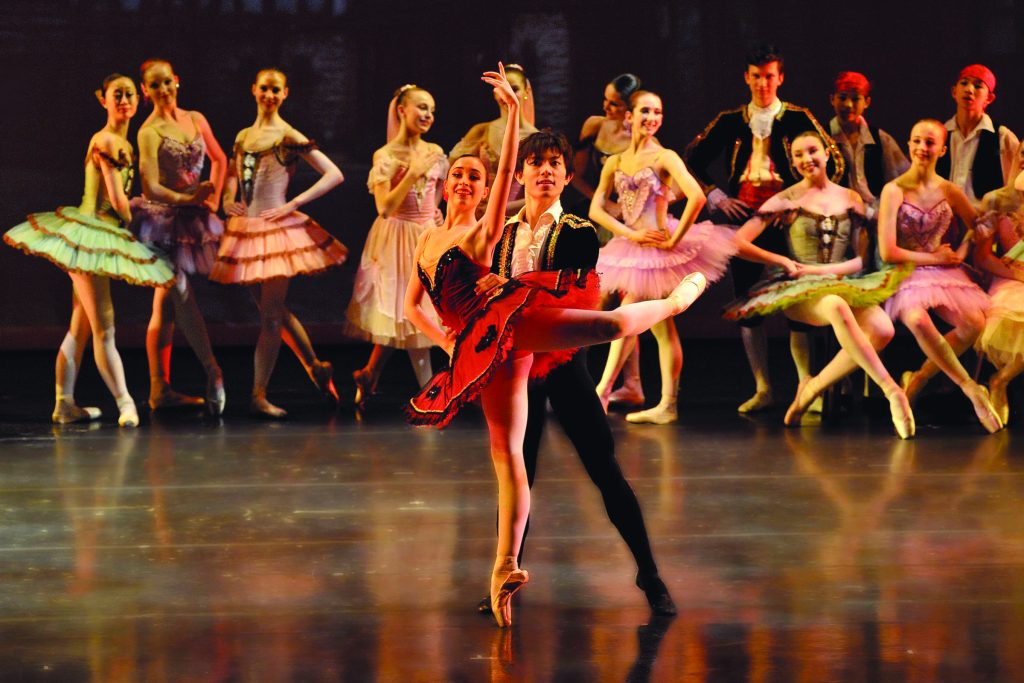
Choo Chiat Goh reminisces about arriving in Canada and having to learn many new dance styles, such as jazz and modern, in order to keep up with their Canadian students. The students are also challenged with new influences, as the school does sometimes teach and perform Chinese dances or choreography with Chinese influences.
The Gohs’ daughter, Chan Hon Goh, has directed the school since 2010. She immigrated to Vancouver with her parents and, like them, began learning English and understanding Canadian society with no previous knowledge. “I don’t see such a heavy Chinese-Canadian influence in any Canadian city but Vancouver,” she says.
Although recognizing that racial prejudice is a current issue within ballet culture, she does not feel her Chinese background limited her career with the National Ballet of Canada, where she became the first principal dancer of Chinese heritage in 1994. Chan Hon Goh warns that it can “be easy for dancers to use their racial heritage as a crutch,” and believes that if she was not cast for a certain role, it was not because of race, but for “a real artistic reason,” which she used as a source of motivation to improve.
Today, Chan Hon Goh’s mission is to “produce some of the best dancers to feed into the professional world,” by giving Vancouver ballet students the opportunities available in cities that host classical companies. Goh Ballet Youth Company stages works that are rarely, if ever, seen in Vancouver; in the past, this has included obscure ballets like The Fairy Doll (or Die Puppenfee, which premiered in Vienna in 1888 and is based on E.T.A. Hoffman’s The Sandman). In 2009, Chan Hon Goh was the guiding force behind
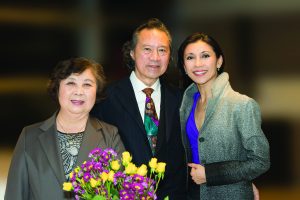
Goh Ballet’s now annual production of The Nutcracker, choreographed by B.C.-born Anna-Marie Holmes, who stages classical ballets around the world. It is the only major homegrown production of this popular Christmas offering.
The eldest of these prominent dance artists and teachers, Paddy Wing, is the only one who appears to have lost touch with aspects of his Chinese heritage. He admits that now, at age 90, he cannot speak much Chinese. Racism was more prevalent in the past, but, today, encouraged by positive multicultural attitudes, many dance artists draw heavily on their cultural backgrounds. One Vancouver artist who embraces a multicultural approach is Wen Wei Wang, who pulls from his personal experience as a Chinese-Canadian for almost all his work.
In China, Wang trained in dance at the Lanzhou Army Song and Dance Company, and in choreography at the People’s Liberation Army Academy of Art. When he moved to Vancouver in 1991, he received his first professional Canadian contract early on — seven months of work alongside four others in a contemporary dance company. Generous by local standards, to Wang this arrangement was dispiriting: he was used to full-time year-long contracts with the company in Lanzhou, working alongside 500 dancers in massive rehearsal and performance venues, his fee including room and board.
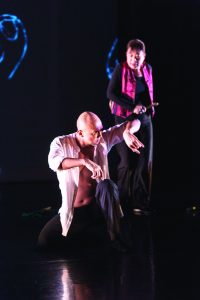
Wang joined Ballet BC in 1993, staying for seven years, and then transitioned to choreographer. He founded his own group, Wen Wei Dance, in 2003, as a vehicle for his work. He has also choreographed on numerous other groups, including Montreal’s BJM Danse, Alberta Ballet and Seattle’s NW Dance Project. Upcoming in March 2017, Wang will premiere a new work with Ballet BC, as part of a B.C.-inspired bill programmed by artistic director Emily Molnar. It is a sign of the times to have the man who at one point was experiencing extreme culture shock as a new immigrant now included as part of an evening of B.C. choreography.
Traces of Chinese culture are sprinkled in Wang’s work, whether within the musical score or the narrative, and often emerging through props, such as chopsticks (Made in China), tiny shoes inspired by ancient foot-binding (Unbound) and Chinese opera pheasant feather headdresses (Cock-Pit). Under the Skin and Made in China were co-choreographed by Wang and Beijing Modern Dance Company’s artistic director Gao Yanjinzi, adding another aspect to his company’s distinctive choreo-cultural voice.
Currently, Wang is working on a piece with five men of different heritages, exploring their individual journeys with cultural identity. In rehearsal, one dancer practises some choreography while Wang watches. The dancer’s upper body movement is mid-range; “Smaller,” Wang calls out, and the dancer shrinks his movement, but not enough. Finally, Wang demonstrates what he is looking for. His chest hums, his shoulder blades quiver, his eyes focus intently, yet he hardly moves a muscle. There is a buzzing to his movement, a sense of understated adventure that is nearly undetectable, but hypnotic. “Nothing is actually a lot,” says Wang, “because of imagination.”
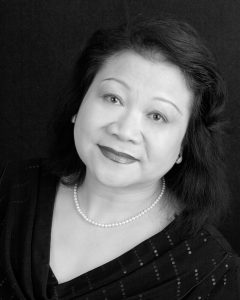
This sort of subtle movement texture within his choreography is, he says, better received by Canadian audiences than Chinese ones. In 2006, Unbound premiered in Canada with much success, receiving the Isadora Award for Excellence in Choreography; in 2009, on a Chinese tour, audiences were less enthusiastic.
Wang describes his training from schools run by the People’s Liberation Army as a highly formalized system, one that produced athletes more than artists. Such training, he says, went hand-in-hand with the flashy, commercial style of productions that are still popular in China.
Because Wang grew up in an atmosphere that he felt too often saw technique as a formula rather than a research project, he considers Canada a place of artistic retreat. “Canadians dance from the heart and Chinese from the brain,” Wang says. As a teacher and choreographer, he strives to create a class and a rehearsal atmosphere where dancers constantly consider the bigger picture and are encouraged to ask questions, so that individual artistry is part of a dancer’s training at all times.
After being asked how he has contributed to Vancouver dance, Wang brings up the many artists he has worked with through the years, for whom he has provided creative opportunities. He is passionate about hiring local emerging talent and is inspired by the careers he has seen young artists go on to develop. Then, Wang stops for a minute and clarifies the question: it is not just about making a contribution, he says, but “a connection.”
Perhaps this idea is at the core of what all these Chinese-Canadian dance artists have offered — beyond their undoubted contribution to Vancouver, they have forged a real connection to the arts community, building a stronger and more vibrant dance scene.

